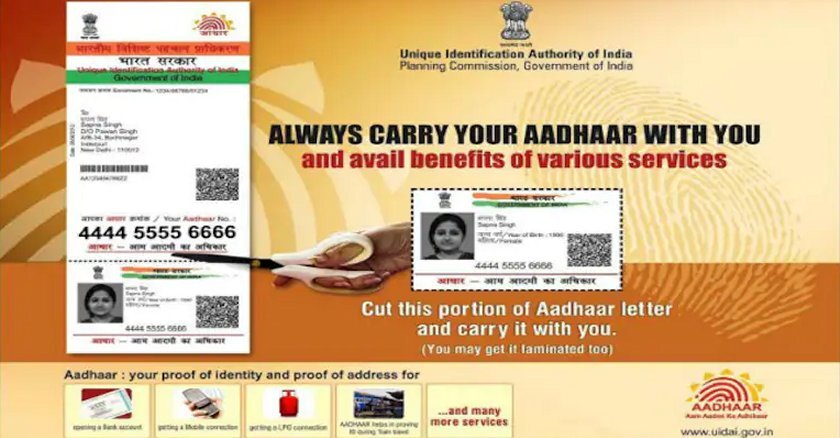
While governments at all levels should of course welcome clients through many doors — online, in person, via social media — digitizing public services is becoming the most critical way to make government more equitable, more workable and, yes, even more just. Digital services also ease the burden on overworked public servants, allowing them to spend their time more strategically.
Perhaps that’s why the White House’s design of the student loan forgiveness portalhas been hailed by borrowers and technologists alike. Until the debt relief program was blocked by federal courts assessing its constitutionality, it was helping people trying to access the benefit without imposing unnecessary burdens on them or on the people who work in government.
This portal reflects what our organization, Code for America, has been preaching and proving for years — that government programs should and can be implemented in accessible and efficient ways using the principles of human-centered design and technology. Many states and local governments have begun adopting this thinking, as Massachusetts did in building a digital service and tools to help residents as they apply for and manage family leave benefits.
So what lessons can government leaders take from the design of these portals? How can state and local governments create similar experiences when building their digital applications? There are some important concepts to keep in mind:
• Simplicity takes hard work. Good digital design means working to build the most efficient process, not just putting a PDF of a paper application online. This requires thoughtful decisions on the front end of any process before any tool or technology is designed and long before it is rolled out.
The Department of Education made specific decisions regarding eligibility and verification that enable the simplicity of the student loan forgiveness portal. Instead of having to prove eligibility before submission, student borrowers are asked to provide that proof only if their application looks dubious after being checked against administrative data. Streamlining services in this manner should be considered whenever possible.
Many government services, like the Supplemental Nutrition Assistance Program (SNAP), call for a more complicated client experience. This includes both an eligibility and enrollment process. However, creating a simple sign-up using technology and design principles is still possible for these more complex situations. For example, Code for America’s GetCalFresh service in California helps more than 25,000 applicants a week receive critical food assistance by supporting them through each step of the eligibility and enrollment process in a simple and dignified way.
• Human-centered design demands evidence-based data. Building accessible tools is impossible without knowing how, where and in what language people are most likely to access government services or what barriers may prevent them from completing a form. In the case of the loan forgiveness portal, instead of creating an account and remembering a password, student borrowers are simply asked to fill out a short form and confirm that they are eligible for relief. From our work in building the federal portal for the child tax credit, GetCTC.org, we know that meeting people where they are and in the language they speak can have a profound impact on the success of a government program.
• Continuous improvement of technology is the key to success. Technology tools and services should never be considered complete. Government technology leaders must constantly iterate and improve their designs. Listening to the lived experiences of people using these tools and their suggestions for improvements is one valuable way to improve services.
Smaller pilot programs also offer a way to scale new technologies and services effectively over time. Code for America conducted pilots with state governments and civic tech allies in Alaska, Colorado, Louisiana, Michigan and Vermont to gain a realistic view of the challenges and opportunities in integrating benefits before giving Louisiana agencies the tools to deliver services during COVID-19, including text messages sent to more than 400,000 people with SNAP benefits to help them stay enrolled.
Change doesn’t happen overnight. It will take all of us coming together to share ideas, learnings and best practices. But compare the troubled rollout of healthcare.gov to the much more successful launch of studentaid.gov, and think of how far we’ve come in just 10 years. The civic tech community has been pushing the envelope to show what’s possible in a changing world when you deliver critical services that not only meet people’s needs but treat them with dignity and respect. If we all work toward that goal, think of how far we could go in another 10 years.
Lou Moore is the chief technology officer at Code for America, a nonprofit that works with community leaders and governments to deliver equitable, accessible digital tools and services.
Governing's opinion columns reflect the views of their authors and not necessarily those of Governing's editors or management.










